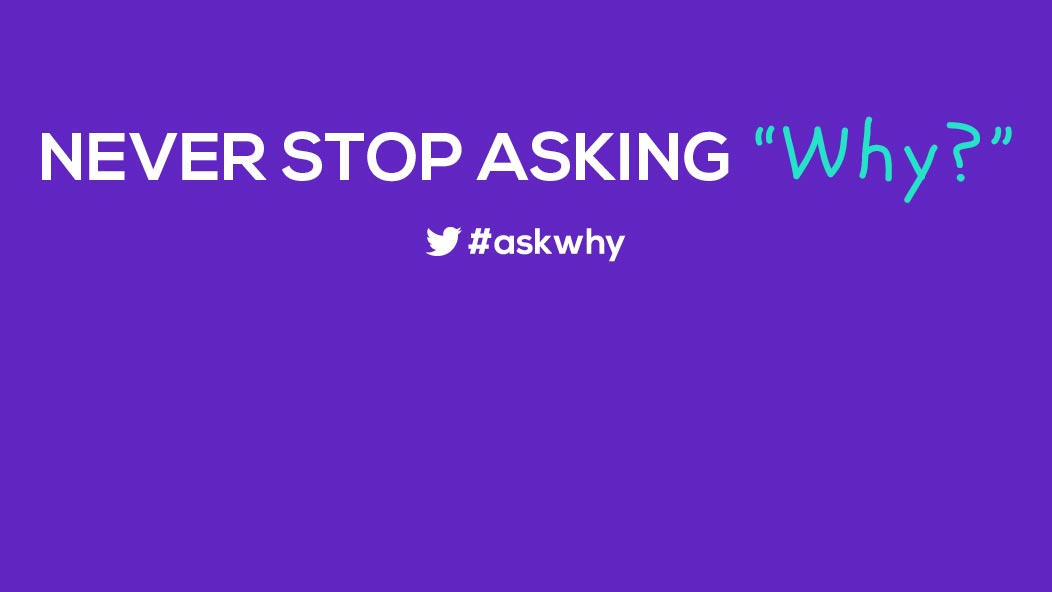
Ever wonder why the circus is often referred to as the “Big Top”? What does this term have to do with a circus? Let’s find out from our friends at Wonderopolis!
Philip Astley's circus
Englishman Philip Astley is considered the father of the modern circus. After learning how to train horses in the Seven Years’ War, he utilized this talent to become a showman following the war.
Later, he combined his horse show with elements of the modern theater and performed in a circular arena. He called this the “circus” because, in Latin, circus means circular. Astley continued adding new acts, such as acrobats and clowns, to the circus to keep the show interesting.
The traveling circus
As the circus grew in popularity, new circuses opened in countries like France and the United States. Typically, these circuses had permanent homes in large buildings. However, at that time, the United States didn’t have many cities that were big enough to support a permanent circus building. For this reason, circus owners created the traveling circus.
In 1825, Joshuah Purdy Brown, a circus entrepreneur, became the first to use a large canvas tent instead of a permanent building. As traveling circuses expanded, tent sizes grew to accommodate more rings for different acts. The large tent that housed numerous rings and stages became known as the “The Big Top”. This name stuck and became interchangeable with circus!









